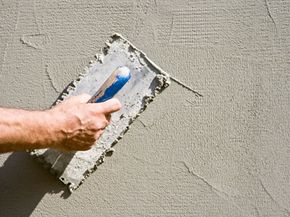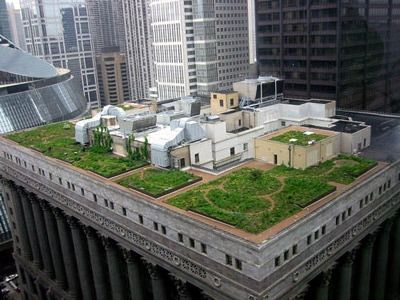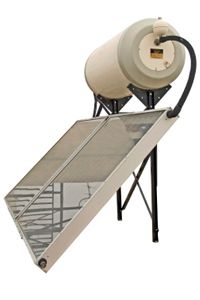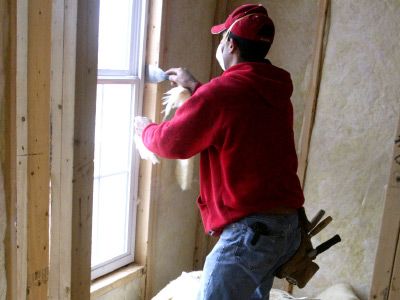If you haven't heard of exterior insulation before, chances are you've seen it without knowing it. Exterior insulation and finish systems (EIFS) are common throughout the United States and are easily mistaken for stucco or concrete. You'll find them on all kinds of buildings, from residential to commercial projects: houses, apartments, condominiums, hotels, grocery stores, shopping plazas, office parks, mixed-use facilities, government buildings and more.
EIFS is wall cladding that uses stiff insulation boards on the outside of a wall and a plasterlike exterior covering. Think of it this way: Ordinary insulation is like thermal underwear worn inside, under your clothes to keep you warm and dry, and exterior insulation is like an extra shirt worn on the outside, layered over your other clothes.
Advertisement
There is an array of EIFS types; some rely on an outer barrier to protect against water penetration, while others are designed with a secondary drainage plane behind the insulation. Despite these differences, EIFS varieties are made with the same lightweight, synthetic materials. Panels of polystyrene foam insulation are installed and covered with a base coat. Glass fiber mesh is applied to panels for reinforcement, and a finishing coat is applied last. All together the coatings and mesh are a fraction-of-an-inch thick.
Turn to the next page to learn the upside of using EIFS (and what this special system has to do with post-World War II Germany).
Advertisement



